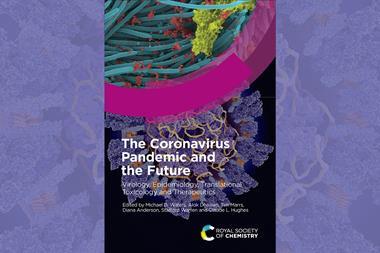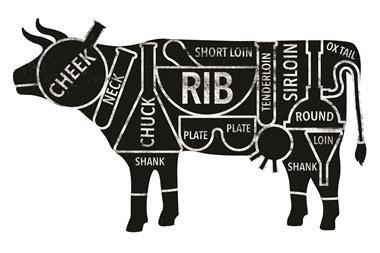The UK is well-positioned to lead the way on the use of new approach methodologies (NAMs) for chemical safety assessments to help reduce, refine and potentially replace animal testing, according to a new report from the Department for Environment, Food and Rural Affairs’ (Defra) Hazardous Substances Advisory Committee (HSAC).
NAMs are defined by HSAC as every method that can enhance the assessment and regulation of hazardous chemicals by improving the relevance, performance and reliability of toxicological testing, based upon an understanding of the modes of action of substances, and support a transition away from mammalian testing.
The report, which includes contributions from experts at the University of Birmingham and King’s College London, sets out several key recommendations that could make the UK a world leader in more ethical, safer and cost-effective chemical testing, through early adoption of a risk-based approach to regulation.
The recommendations in the report, include setting criteria for NAMs to be considered within a progressive regulatory framework; the establishment of UK centres of excellence and a UK national reference laboratory for the development and validation of NAMs; and the incentivisation of chemical registrants under UK Reach to provide NAMs data indicative of the modes of action of their substances to support the implementation of a ‘group first’ approach to chemical safety assessment.
Iseult Lynch, an environmental nanoscientists at the University of Birmingham and chair of the HSAC, said the current approach to chemicals regulation, which relies on animal testing, has failed to keep pace with the number of chemicals on the market. She added that advances in science are providing new insights into the toxicology of substances and their mixtures for assessing health risks to humans and the environment. ‘The time is right for the UK to begin the transition to NAMs-based regulation,’ she said.

















No comments yet